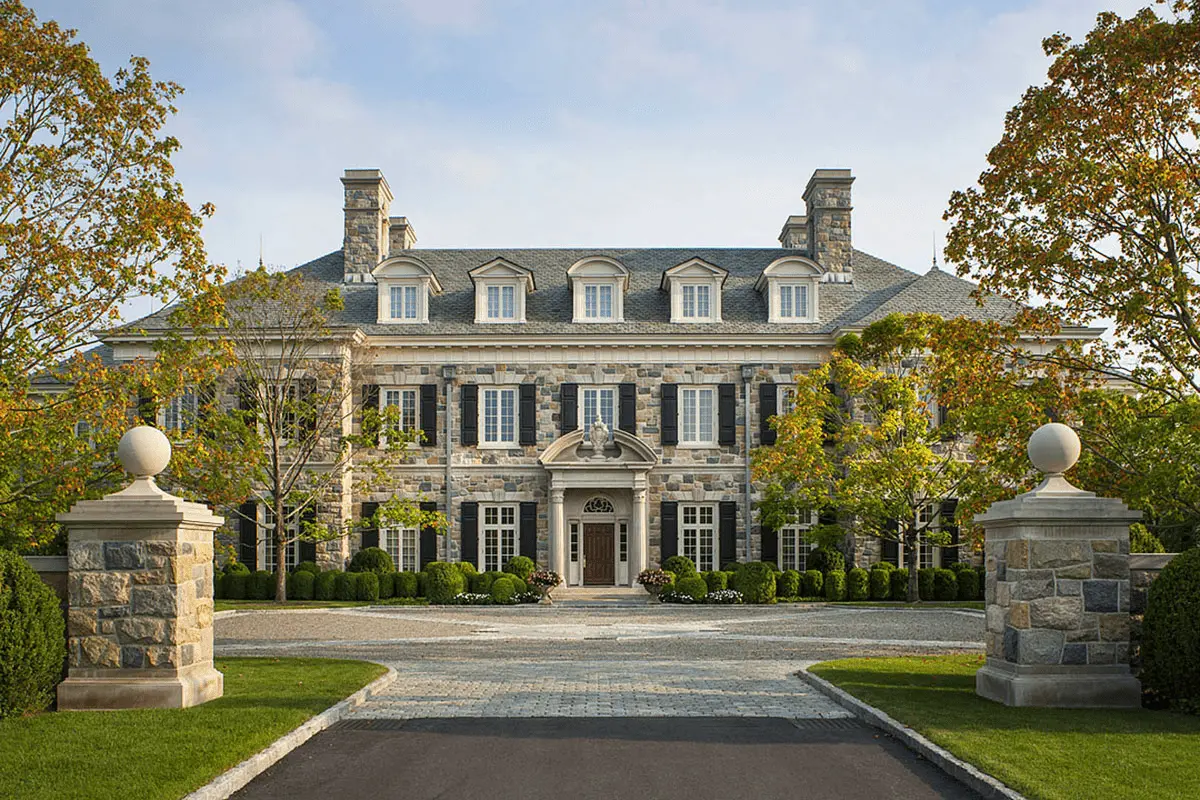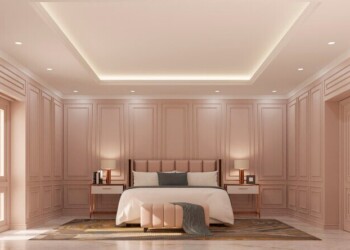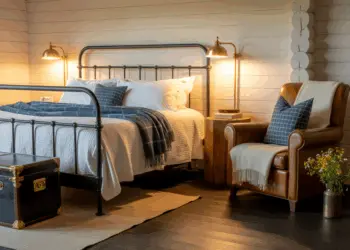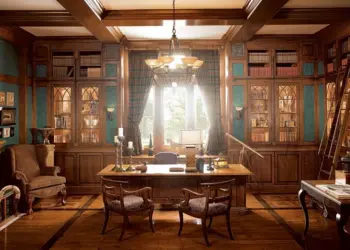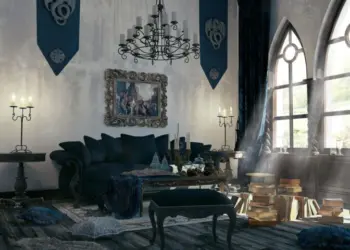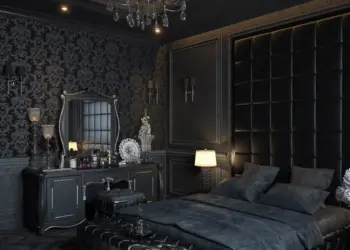Georgian colonial architecture is a captivating style that has left an indelible mark on the history of design and construction. This article will take you on a journey through the world of Georgian colonial materials, showcasing the elegance, durability, and timeless appeal that define this architectural era. From the distinctive red bricks to the intricate woodwork, we will delve into the essential elements that make Georgian colonial buildings a symbol of enduring beauty.
Table of Contents
The Georgian Colonial Era: A Glimpse into History
During the Georgian colonial period, which stretched from the early 18th to the mid-19th century, people emphasized symmetry, proportion, and classical influences. This era witnessed the rise of grand mansions and government buildings, all constructed with meticulous attention to detail. Let’s explore the materials that played a pivotal role in shaping these architectural masterpieces.
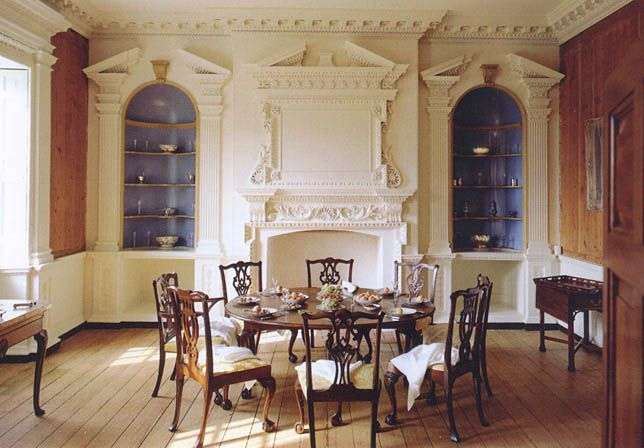
The Stalwart Foundation: Brick and Stone in Georgian Colonial Materials
Elegant Red Bricks
One of the most iconic features of Georgian colonial architecture is the use of red bricks. Not only were these bricks readily available, but they also imparted a warm, inviting charm to the buildings. The distinctive red hue, achieved through firing techniques, remains a hallmark of this era.
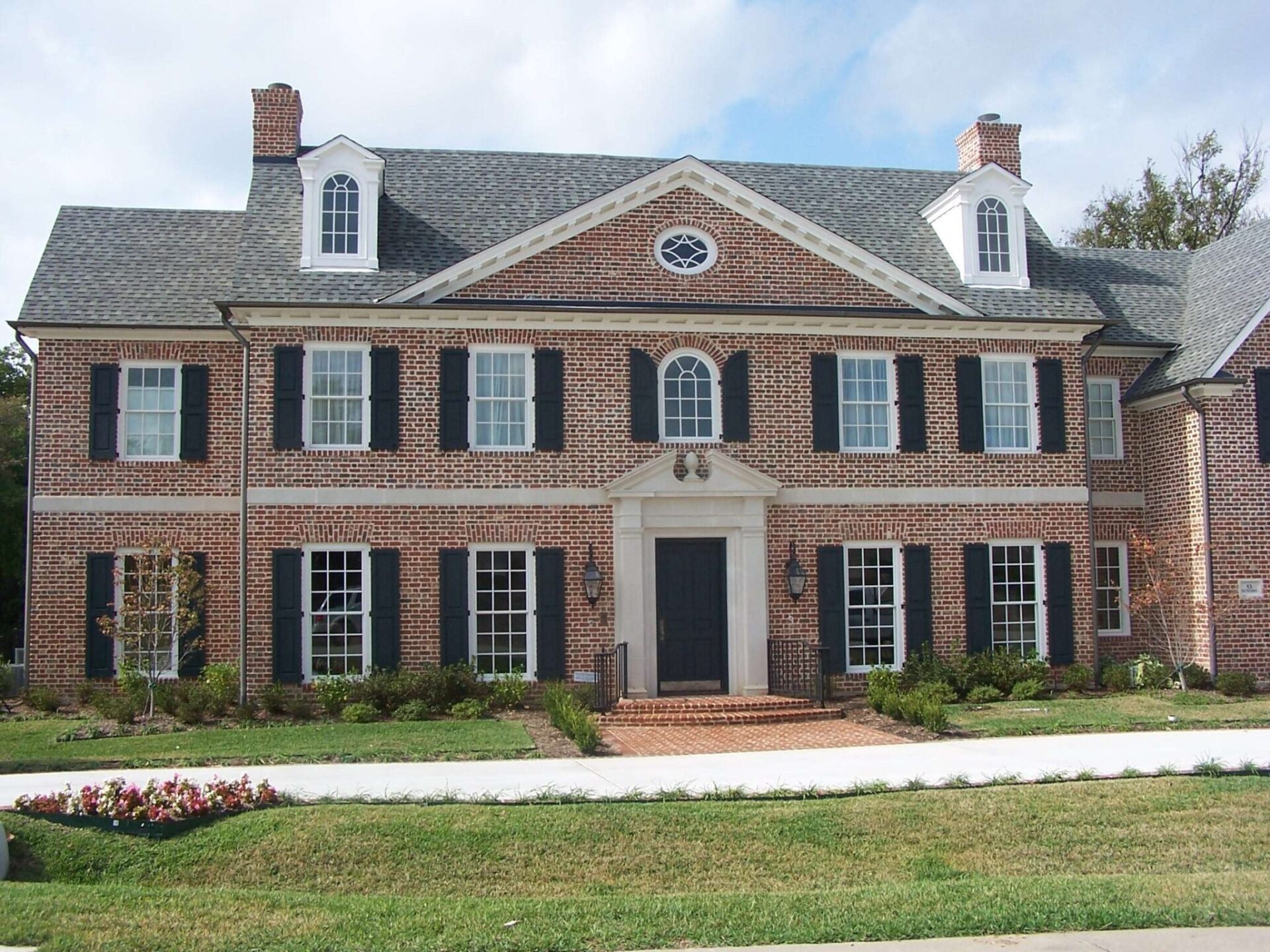
Durable Stone Facades
Georgian colonial builders often used stone for facades, creating a visually striking contrast with the red bricks. Craftsmen meticulously carved stones such as limestone and sandstone to adorn the entrances and windows, displaying the artisanal craftsmanship of the era.
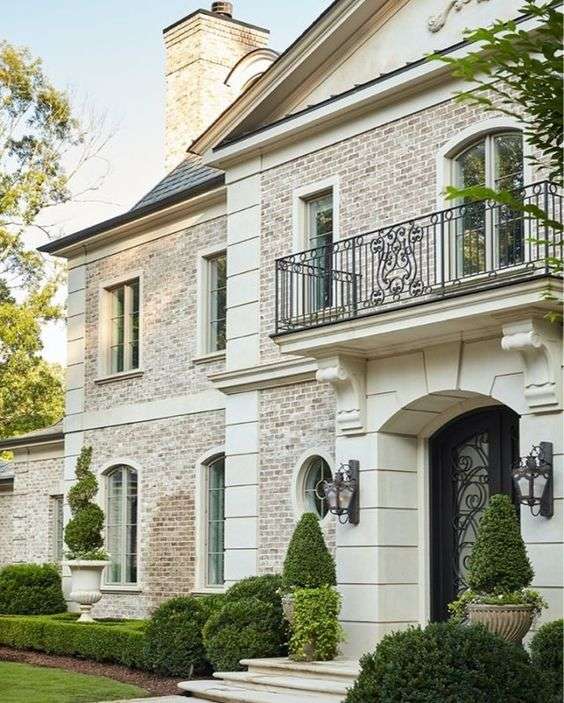
The Allure of Woodwork In Georgian Colonial Materials
Intricate Wood Paneling
Inside these magnificent structures, intricate woodwork took center stage. Georgian interiors boasted ornate wood paneling, often featuring geometric patterns and delicate motifs. These details added a touch of opulence to the living spaces.
Stately Hardwood Floors
Georgian colonial homes typically adorned their floors with hardwood, like oak or cherry. These sturdy materials not only exuded sophistication but also promised longevity, standing the test of time.
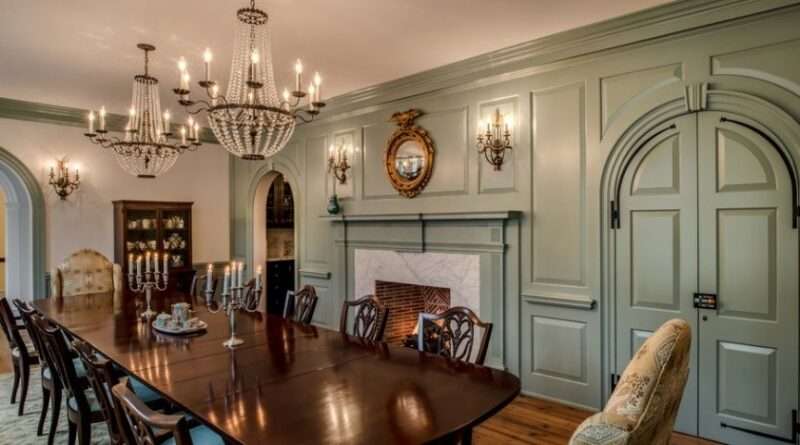
Windows that Tell Stories With Georgian Colonial Materials
Multi-Pane Sash Windows
Georgian colonial windows were a work of art in themselves. Multi-pane sash windows became a signature feature, allowing ample natural light to flood the rooms. The symmetrical arrangement of these windows added to the overall harmony of the design.
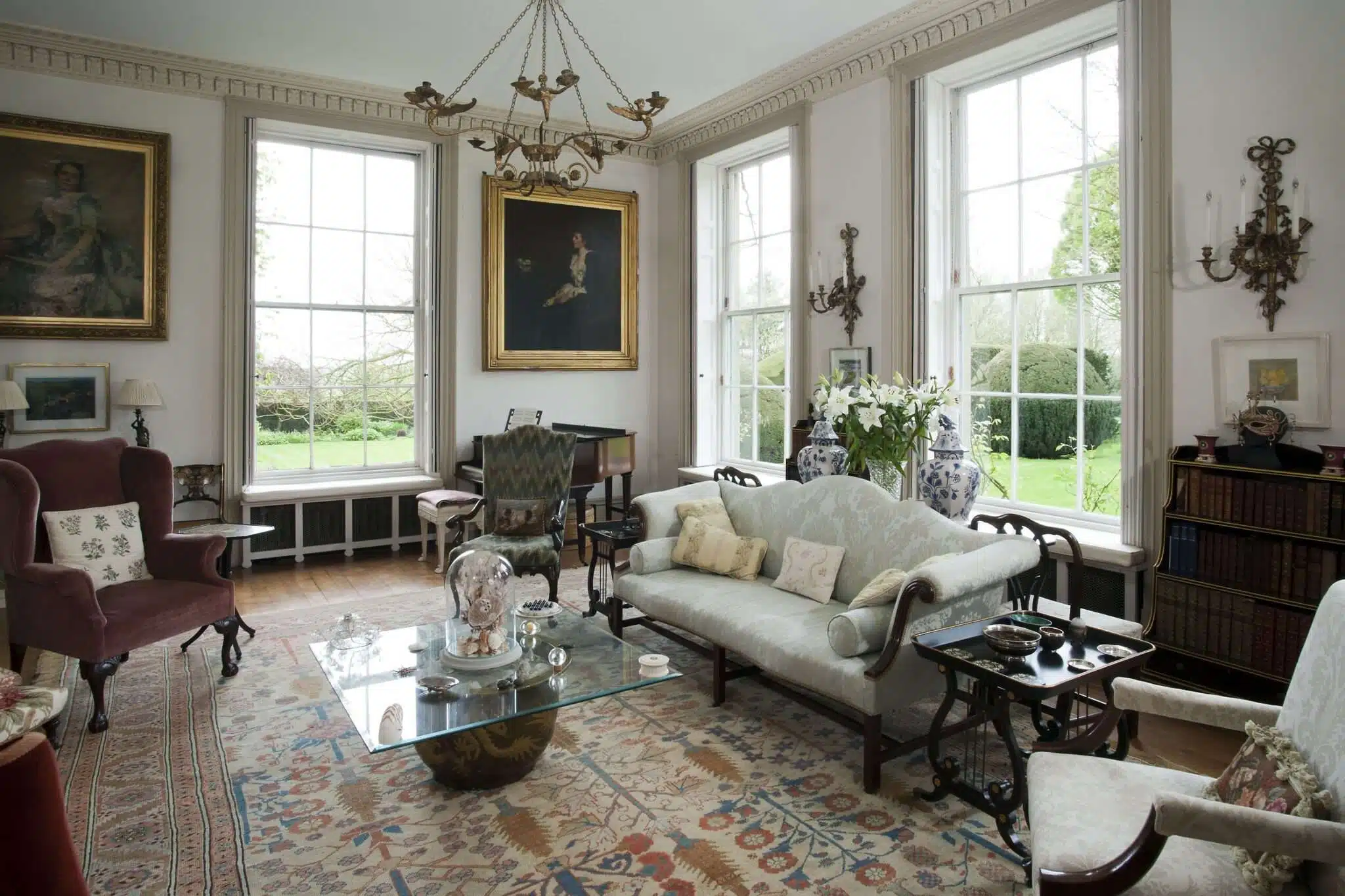
Roofing with Flair
Gabled Roofs With Georgian Colonial Materials
Georgian colonial roofs frequently featured gables, giving them a distinctive silhouette. The use of slate or wooden shingles added character to the buildings while ensuring durability against the elements.
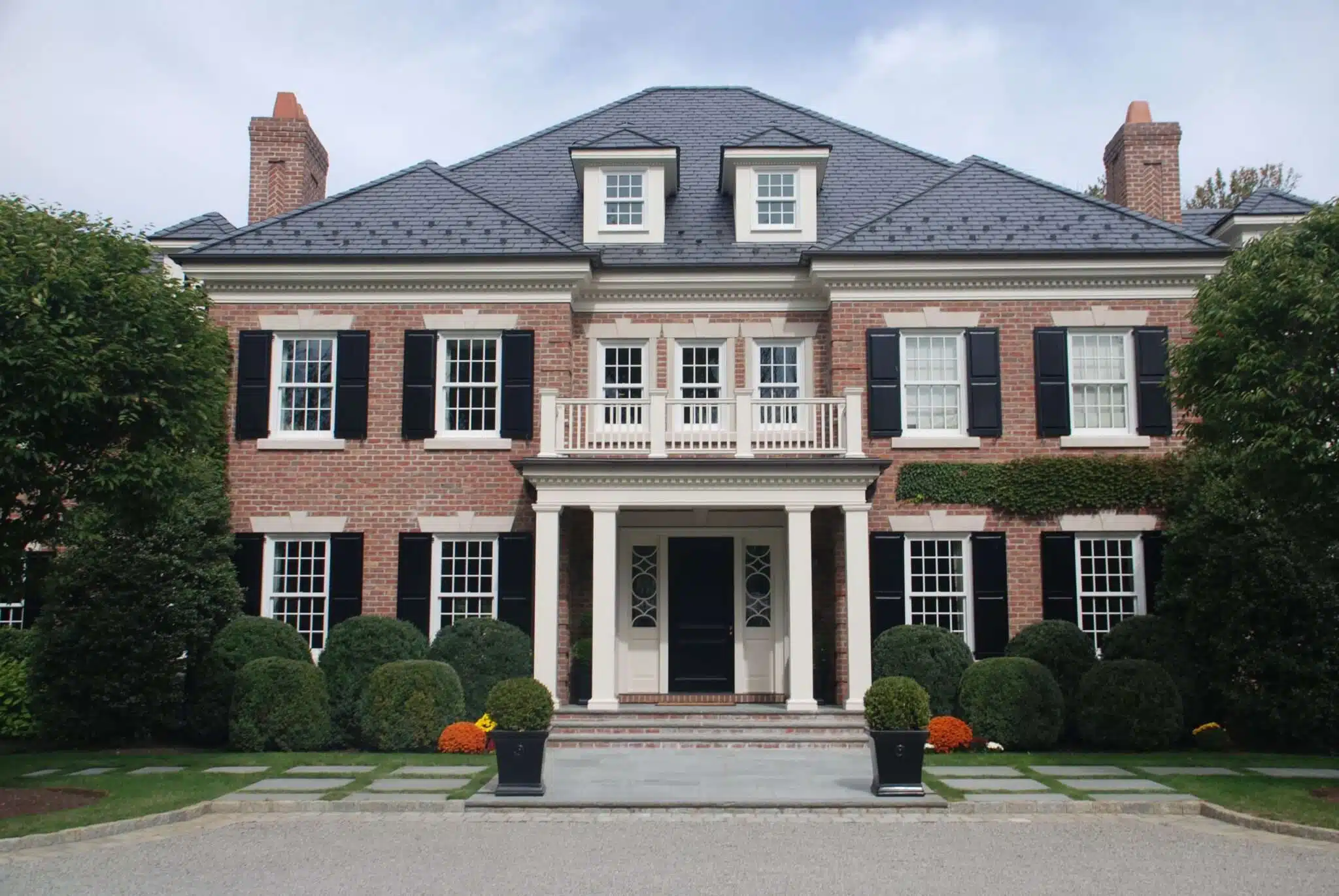
Captivating Cornices
Ornate Cornices With Georgian Colonial Materials
The attention to detail extended to the cornices as well. Elaborate cornice designs adorned the roofs and edges of buildings, contributing to the overall grandeur.
The Artistry of Masonry In Georgian Colonial Materials
Decorative Masonry Elements
Georgian colonial buildings often featured decorative masonry elements. Skilled masons meticulously crafted ornate keystones, lintels, and arches, adding a touch of grandeur to entrances and windows. These elements not only served structural purposes but also showcased the artistry of the craftsmen.
Sturdy Foundations
The use of stone foundations was another hallmark of Georgian colonial architecture. These solid foundations provided stability to the structures, ensuring they could withstand the test of time. Many of these buildings still stand proudly today, a testament to the durability of their materials.
Timeless Color Palettes With Georgian Colonial Materials
Classic Color Schemes
Classic color palettes often complemented the materials used in Georgian colonial architecture .Interior walls often featured soft, neutral shades like ivory, cream, and pale gray, which created an atmosphere of understated elegance.
Exterior Paint Choices
On the exterior, they favored colors such as colonial white and muted pastels. These choices not only reflected the aesthetic preferences of the time but also helped buildings maintain a dignified presence in their surroundings.
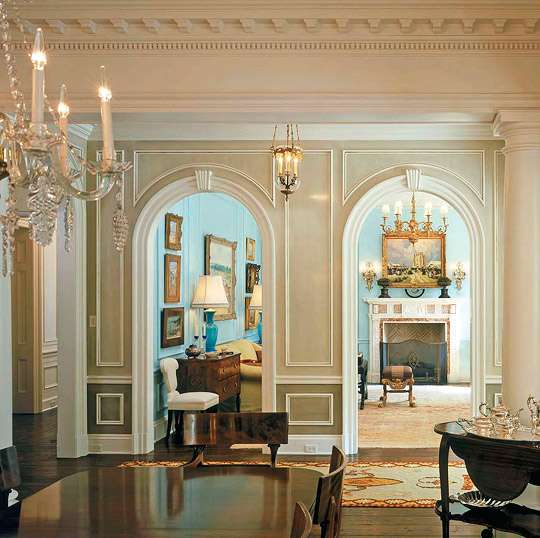
Landscaping and Gardens With Georgian Colonial Materials
Formal Gardens
Formal gardens often surrounded Georgian colonial buildings. The use of carefully manicured hedges, symmetrical layouts, and gravel pathways added to the sense of order and refinement that characterized the era.
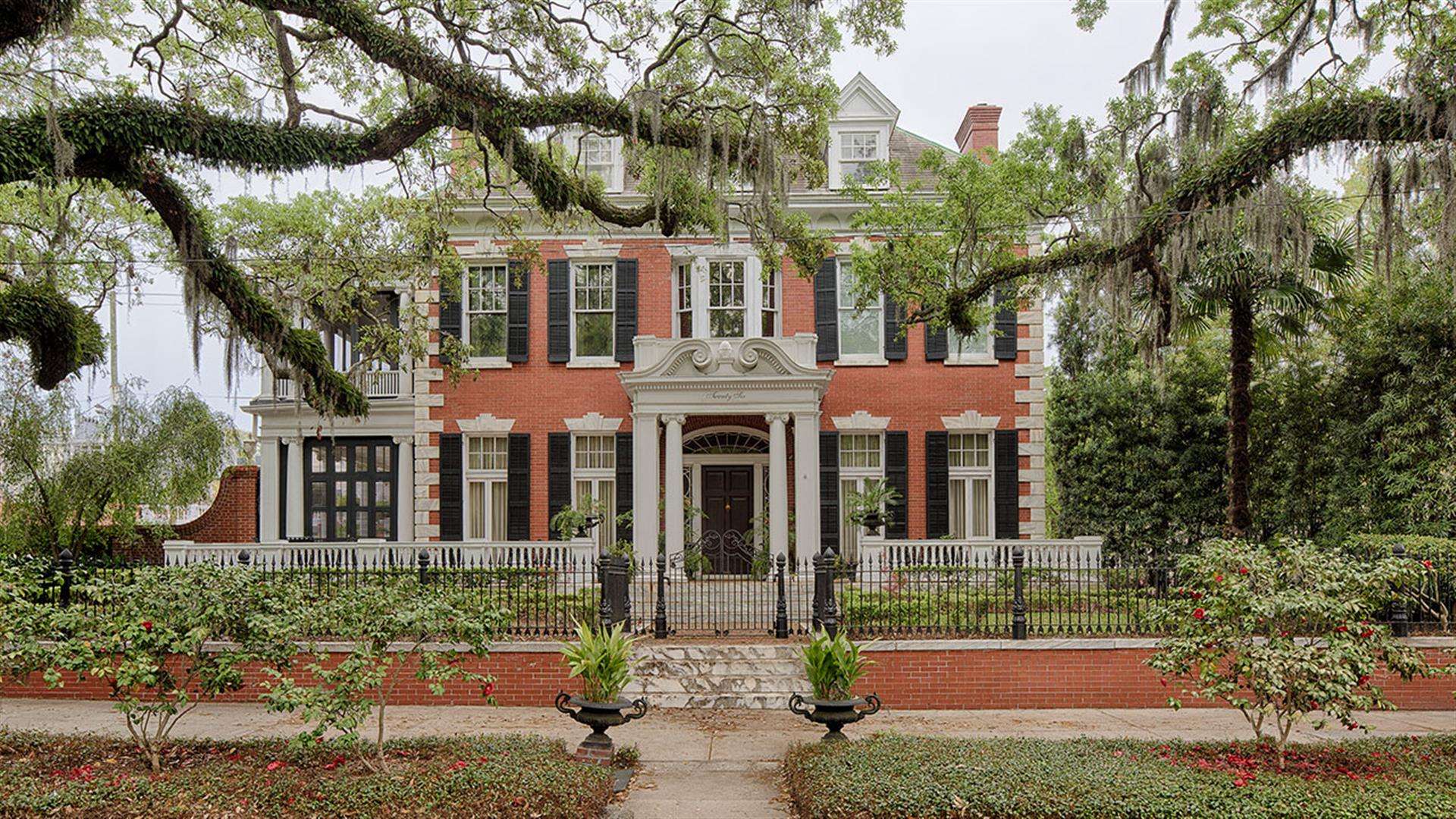
Iconic Architectural Features With Georgian Colonial Materials
Grand Porticos
Georgian colonial buildings frequently boasted grand porticos, supported by stately columns. These porticos served as impressive entrances and provided shade from the sun, showcasing the importance of both form and function in the architecture of the time.
Neoclassical Influences
Neoclassical designs often employed Georgian colonial materials, drawing inspiration from ancient Greek and Roman architecture. This fusion of classical elements with practical materials resulted in buildings that were both aesthetically pleasing and functional.
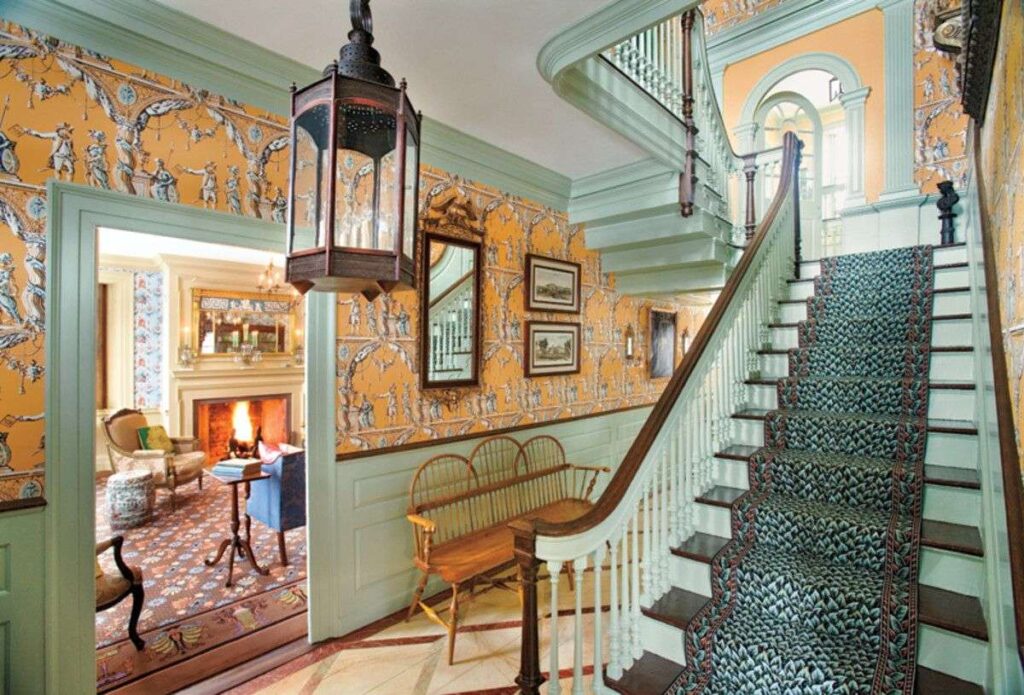
The Craftsmanship of Ironwork in Georgian Colonial Materials
Graceful Iron Balusters
Georgian colonial buildings often featured ornate iron balusters in their staircases and balconies. These intricately designed pieces of ironwork added a touch of sophistication to the interiors while serving as functional elements.
Decorative Iron Gates
Iron gates with elaborate scrollwork and decorative motifs were frequently used in Georgian colonial homes. These gates not only provided security but also made a statement about the grandeur of the property.
Architectural Diversity With Georgian Colonial Materials
Regional Variations
While Georgian colonial architecture is known for its classical influences and symmetrical designs, it’s important to note that regional variations existed. In different parts of the world, Georgian buildings incorporated local materials and design elements, creating unique and culturally rich architectural styles.
Georgian Revival
In the 19th and 20th centuries, there was a resurgence of interest in Georgian colonial architecture, leading to the Georgian Revival movement. Architects and homeowners sought to recreate the elegance of this era, using Georgian materials and design principles in new construction and renovations.
Sustainable Building Practices With Georgian Colonial Materials
Longevity and Sustainability
Georgian colonial materials were chosen not only for their aesthetic qualities but also for their durability and sustainability. Many of these buildings have withstood centuries of use, demonstrating the eco-friendly aspect of using long-lasting materials.
Embracing the Georgian Aesthetic Today
Today, the Georgian colonial aesthetic continues to inspire architects and designers. Whether it’s incorporating Georgian materials into modern structures or restoring historic buildings to their former glory, the timeless allure of Georgian colonial materials persists.
In a world where architectural trends often come and go, Georgian colonial materials remain a steadfast reminder of an era when craftsmanship, attention to detail, and a sense of enduring elegance were paramount. Their legacy continues to enrich our lives, reminding us of the beauty that can be achieved through the thoughtful use of materials and design.
So, the next time you find yourself admiring a red brick facade, an ornate iron gate, or a gracefully columned portico, take a moment to appreciate the enduring charm of Georgian colonial materials. They are not just elements of architecture; they are a testament to the enduring human desire to create spaces that are both functional and beautiful.
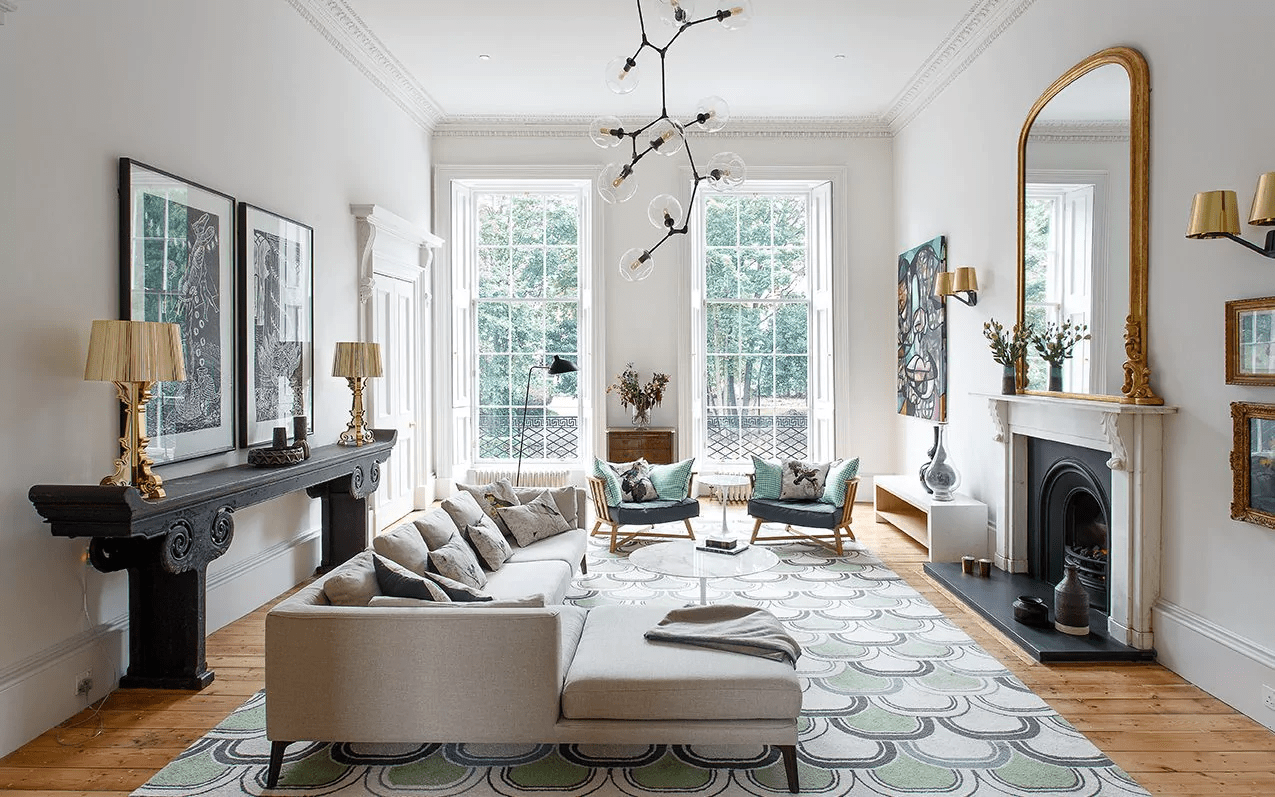
The Enduring Legacy of Georgian Colonial Materials
As we conclude our exploration of Georgian colonial materials, it’s evident that their influence transcends time. These materials continue to inspire architects and builders, and their timeless appeal is reflected in the design of modern homes and structures.
In an age where trends come and go, Georgian colonial materials stand as a testament to the enduring beauty of thoughtful craftsmanship and attention to detail. Their legacy lives on in the historic buildings that grace our cities and in the inspiration they provide for contemporary architects who seek to capture the elegance and grace of a bygone era.
Whether you’re an architecture enthusiast, a history buff, or simply someone who appreciates the beauty of well-constructed buildings, Georgian colonial materials invite us to marvel at the past while celebrating their continued presence in the world of design and construction. So, next time you stroll through a historic neighborhood or visit a centuries-old mansion, take a moment to admire the red bricks, the intricate woodwork, and the enduring elegance of Georgian colonial materials.
The Legacy Lives On
Restoration and Preservation
Today, Georgian colonial buildings are treasured for their historical significance and architectural beauty. Restoration efforts continue to preserve these structures, emphasizing the importance of maintaining the authenticity of the original materials.
In the world of architecture, Georgian colonial materials stand as a testament to timeless elegance and craftsmanship. From the enduring red bricks to the intricate woodwork, these materials have left an indelible mark on the landscape of design. The legacy of the Georgian colonial era lives on, captivating us with its charm and grandeur.
FAQs
What defines Georgian colonial architecture?
Georgian colonial architecture is characterized by symmetry, proportion, and classical influences. It features elements like red bricks, stone facades, intricate woodwork, and multi-pane sash windows.
Why are red bricks so prominent in Georgian colonial buildings?
Red bricks were readily available and added warmth and charm to the buildings. The distinctive red hue became a hallmark of the era.
What types of wood were commonly used in Georgian colonial interiors?
Georgian interiors often featured hardwood floors made from oak or cherry. Ornate wood paneling was also a common design element.
What is the significance of multi-pane sash windows in Georgian architecture?
Multi-pane sash windows allowed ample natural light into the rooms and added to the overall symmetry and harmony of the design.
How are Georgian colonial buildings preserved today?
Georgian colonial buildings are preserved through restoration efforts that focus on maintaining the authenticity of the original materials and design.
